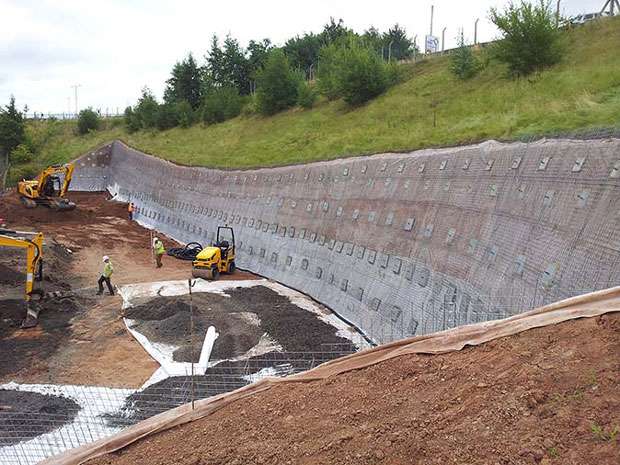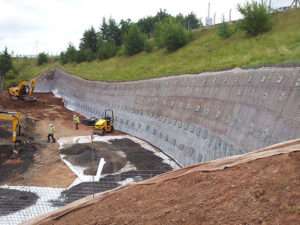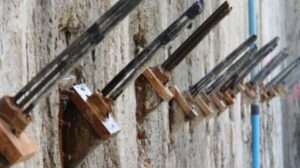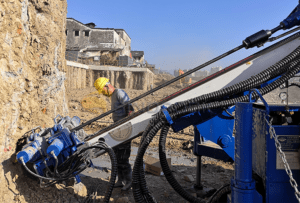Ground stabilization is a critical aspect of civil engineering and construction, ensuring the safety and durability of structures by reinforcing the soil. Traditional methods, while effective, often require extensive labor and time, leading to delays and increased costs. However, the introduction of self-drilling anchors has transformed this process, offering innovative solutions that enhance efficiency and effectiveness in ground stabilization projects.
Understanding Self-Drilling Anchors
Self-drilling anchors are specialized fasteners that eliminate the need for pre-drilling in the soil. They are designed to penetrate the ground while simultaneously creating a stable anchor point for various structures. Made from high-strength steel, these anchors feature a drill bit at their tip, which allows them to cut through soil and rock as they are driven into the ground. This dual functionality not only simplifies the installation process but also minimizes the need for additional equipment.
Advantages of Self-Drilling Anchors
- Reduced Installation Time: Traditional ground stabilization methods often require significant time for pre-drilling and anchor placement. Self-drilling anchors streamline this process by allowing for rapid installation, significantly reducing project timelines.
- Cost-Effectiveness: By eliminating the need for extensive pre-drilling, self-drilling anchors lower labor and equipment costs. This makes them an attractive option for construction companies looking to stay within budget while maintaining quality standards.
- Versatility: Self-drilling anchors can be used in various applications, from stabilizing slopes and retaining walls to reinforcing foundations and deep excavations. Their adaptability makes them suitable for diverse soil conditions and construction projects.
- Enhanced Performance: These anchors provide superior load-bearing capacity compared to traditional methods. Their design allows them to achieve greater grip and stability within the soil, ensuring long-lasting performance under challenging conditions.
- Reduced Environmental Impact: With faster installation times and fewer resources required, self-drilling anchors contribute to reduced environmental disturbance. This is especially important in sensitive areas where minimizing soil disruption is crucial.
Applications in Ground Stabilization
Self-drilling anchors are used in a variety of ground stabilization projects, including:
- Slope Stabilization: In areas prone to landslides, self-drilling anchors help stabilize slopes by securing loose soil, preventing erosion and collapse.
- Retaining Walls: These anchors provide additional support to retaining walls, enhancing their structural integrity and ability to hold back soil and water.
- Foundation Support: In new constructions or renovations, self-drilling anchors reinforce foundations, ensuring they can bear heavy loads and withstand shifting soil conditions.
- Excavation Projects: During deep excavations, self-drilling anchors stabilize the surrounding soil, reducing the risk of cave-ins and maintaining safety on construction sites.
Conclusion
The introduction of self-drilling anchors has revolutionized ground stabilization by offering a faster, more cost-effective, and versatile solution to soil reinforcement challenges. Their ability to simplify installation processes while providing superior performance makes them an invaluable tool for civil engineers and construction professionals. As the industry continues to evolve, the use of self-drilling anchors is likely to expand, paving the way for safer and more efficient construction practices worldwide.
In an era where time and resources are of the essence, self-drilling anchors represent a significant advancement in the field of ground stabilization, setting new standards for quality and efficiency in construction.







